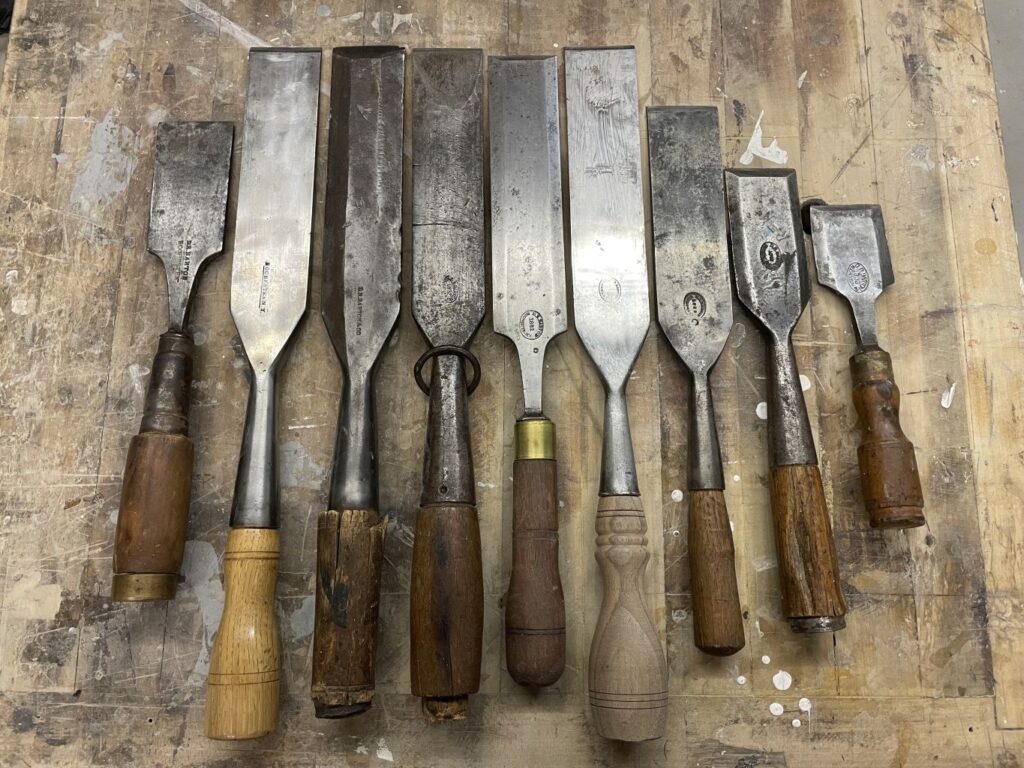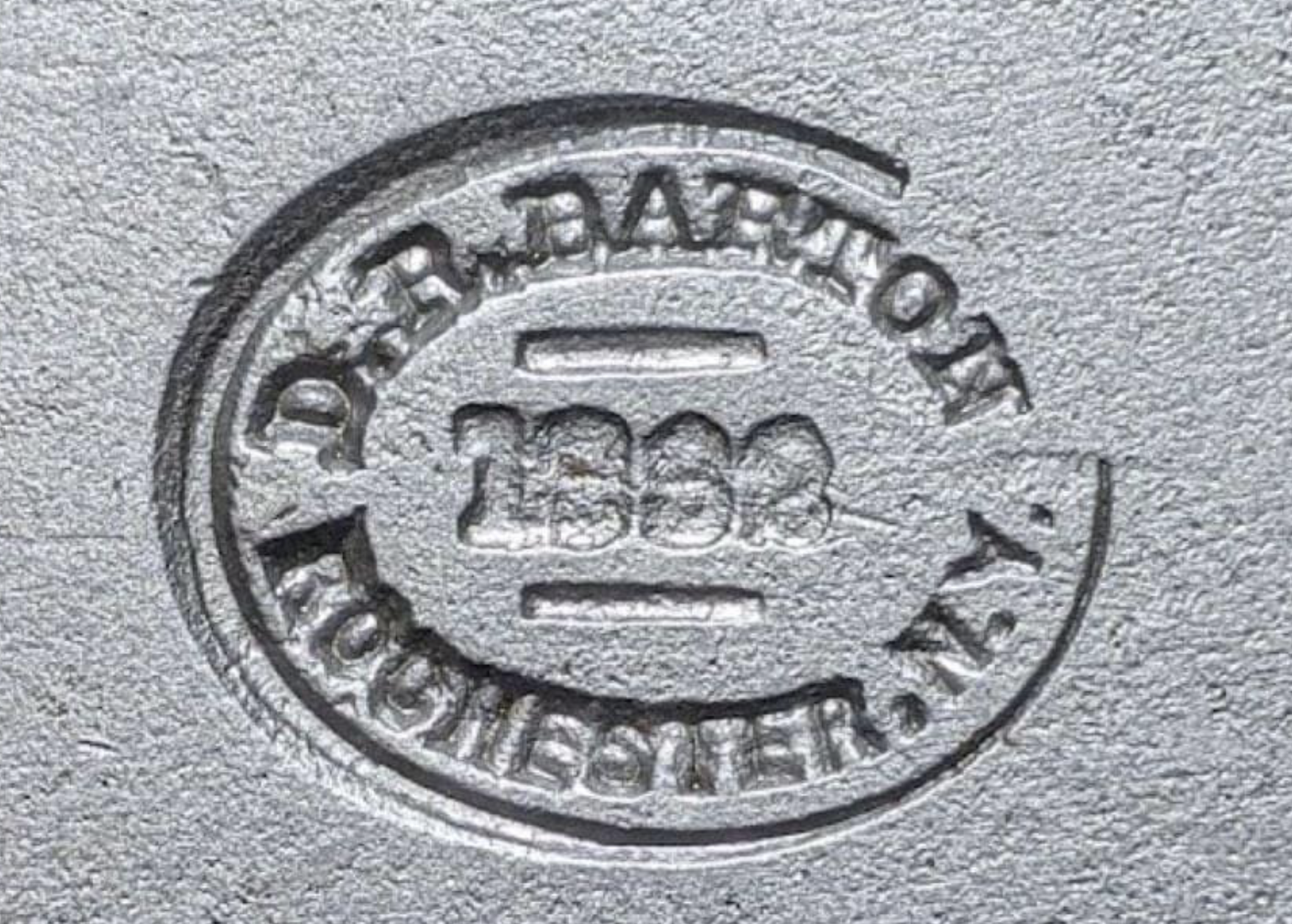Working Collection of D.R. Barton Rochester N.Y. 1832 woodworking chisels

Exploring the Legacy of D.R. Barton: A Journey Through Edge Tool History
In 1824, a man named David R. Barton arrived in Rochester, New York with a specific purpose: to learn the craft of nail making. By that time, the nail-making machine had already been developed—reportedly around 1820—and this automation was beginning to change the landscape of American manufacturing. Though exact details are scarce, it’s likely Barton was drawn to the promise of innovation and industrial growth.
In 1832, Barton founded what would become a prominent edge tool company: D.R. Barton, known for its sharp-edged tools, particularly woodworking chisels. My personal interest in the brand began with a fascination for old files, specifically Nicholson files. That path led me to William Thomas Nicholson of Providence, Rhode Island (and later Anderson, Indiana), a pioneer of the industrial file. Nicholson is credited with the idea for mass-produced files during the Civil War era, with his first file-cutting machine emerging in 1864—eight years after the concept reportedly began in 1856.
These companies—Nicholson, Barton, and others—are part of a larger story of American toolmaking, a story that spans generations. Some histories are well documented; others, like Barton’s, remain more mysterious and open to interpretation. As a collector, I’ve come to appreciate the challenge of piecing together these fragments, especially when it comes to Barton’s chisels, which carry a certain mystique.
Speculating about the early history of Barton’s tools may raise eyebrows among seasoned collectors and historians. But it’s worth noting that Barton was not alone in the edge tool market. He faced stiff competition, especially from Buck Brothers in Millbury, Massachusetts, and later, from the powerhouse that was Stanley Tools. Perhaps the most direct rival was Thomas Witherby, also based in Millbury. Both Barton and Witherby were notable names in mid-19th century toolmaking, even competing at the prestigious Fair of the American Institute in New York City—Witherby winning a silver medal in 1850, and Barton taking home gold in 1851.
As I continue to collect and study these tools, I’m reminded that every chisel, every file, is part of a larger industrial heritage. The story of D.R. Barton may not be fully written, but it’s a story worth telling—even if some of it must be imagined along the way.

Leave a Reply